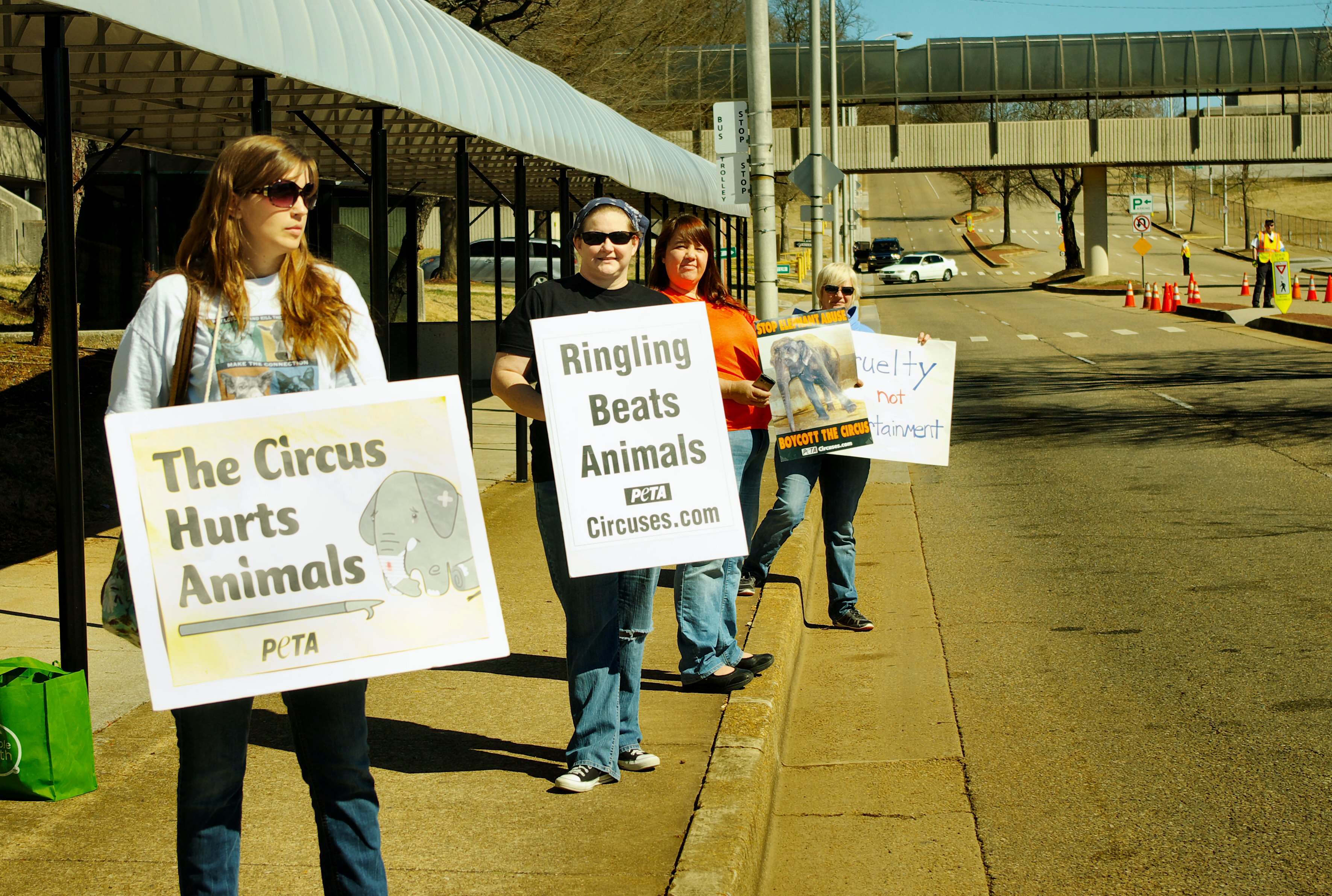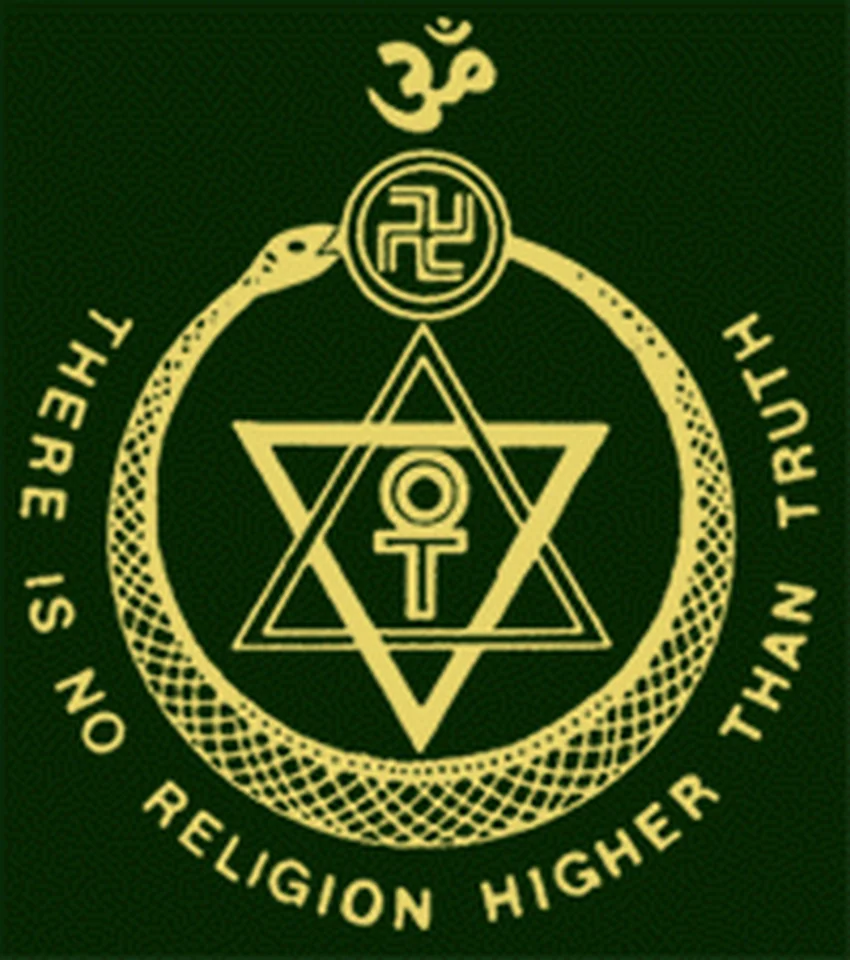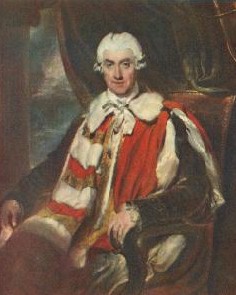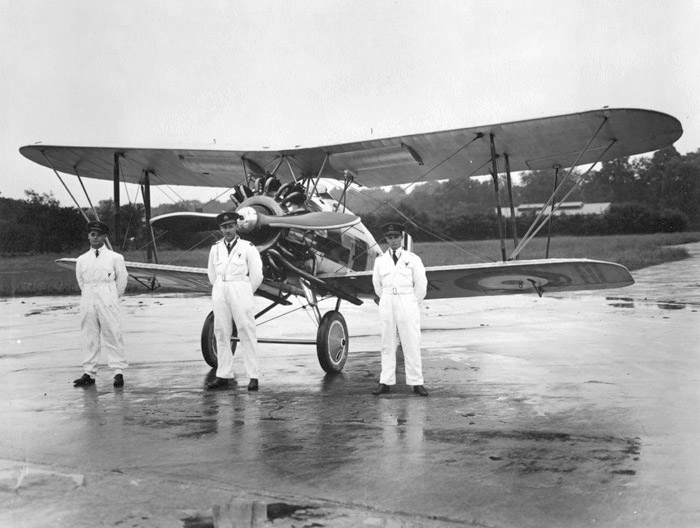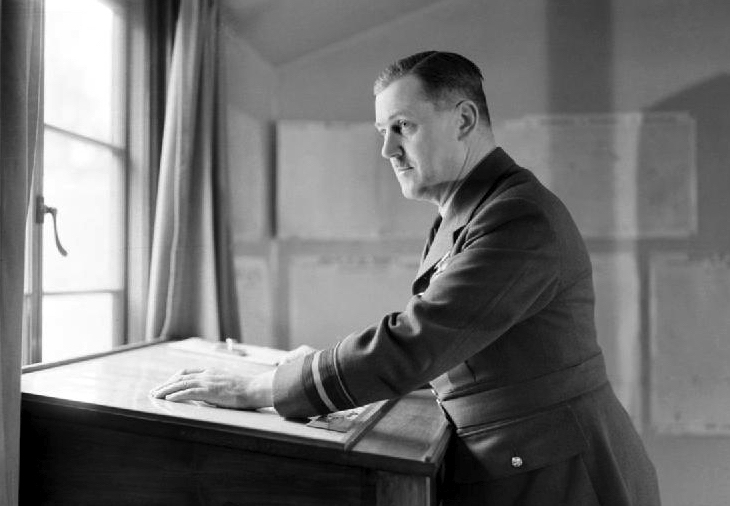|
Sir Hugh Dowding
Air Chief Marshal Hugh Caswall Tremenheere Dowding, 1st Baron Dowding, (24 April 1882 – 15 February 1970) was an officer in the Royal Air Force. He was Air Officer Commanding RAF Fighter Command during the Battle of Britain and is generally credited with playing a crucial role in Britain's defence, and hence, the defeat of Adolf Hitler's plan to invade Britain. Born in Moffat, Scotland, Dowding was an officer in the British Army in the 1900s and early 1910s. He joined the Royal Flying Corps at the start of the First World War and went on to serve as a fighter pilot and then as commanding officer of No. 16 Squadron. During the inter-war years he became Air Officer Commanding Fighting Area, Air Defence of Great Britain and then joined the Air Council as Air Member for Supply and Research. In July 1936, Dowding was appointed chief of the newly created RAF Fighter Command. During the Battle of Britain in the Second World War, Dowding's Fighter Command successfully defended the ... [...More Info...] [...Related Items...] OR: [Wikipedia] [Google] [Baidu] |
Moffat
Moffat ( gd, Mofad) is a burgh and parish in Dumfriesshire, now part of the Dumfries and Galloway local authority area in Scotland. It lies on the River Annan, with a population of around 2,500. It was a centre of the wool trade and a spa town. Moffat is around to the southeast of Glasgow, southwest of Edinburgh, northeast of Dumfries and northwest of Carlisle. The Moffat House Hotel, located at the northern end of the High Street, was designed by John Adam. The nearby Star Hotel, a mere 20 ft (6 m) wide, was listed in the Guinness Book of Records as the narrowest hotel in the world. Moffat won the Britain in Bloom contest in 1996. Moffat is home to Moffat toffee. The town is held to be the ancestral seat of Clan Moffat. The Devil's Beef Tub near Moffat was used by the members of Clan Moffat and later the members of Clan Johnstone to hoard cattle stolen in predatory raids. Early tourism as a spa town From 1633 Moffat began to grow from a small village into a ... [...More Info...] [...Related Items...] OR: [Wikipedia] [Google] [Baidu] |
Operation Sea Lion
Operation Sea Lion, also written as Operation Sealion (german: Unternehmen Seelöwe), was Nazi Germany's code name for the plan for an invasion of the United Kingdom during the Battle of Britain in the Second World War. Following the Battle of France, Adolf Hitler, the German Führer and Supreme Commander of the Armed Forces, hoped the British government would accept his offer to end the war, and he reluctantly considered invasion only as a last resort if all other options failed. As a precondition, Hitler specified the achievement of both air and naval superiority over the English Channel and the proposed landing sites, but the German forces did not achieve either at any point during the war, and both the German High Command and Hitler himself had serious doubts about the prospects for success. Nevertheless, both the German Army and Navy undertook a major programme of preparations for an invasion: training troops, developing specialised weapons and equipment, and modifyin ... [...More Info...] [...Related Items...] OR: [Wikipedia] [Google] [Baidu] |
Animal Rights Movement
The animal rights (AR) movement, sometimes called the animal liberation, animal personhood, or animal advocacy movement, is a social movement that seeks an end to the rigid moral and legal distinction drawn between human and non-human animals, an end to the status of animals as property, and an end to their use in the research, food, clothing, and entertainment industries. Terms and factions All animal liberationists believe that the individual interests of non-human animals deserve recognition and protection, but the movement can be split into two broad camps. Animal rights advocates believe that these basic interests confer moral rights of some kind on the animals, and/or ought to confer legal rights on them;"Animal rights," ''Encyclopædia Britannica'', 2007. see, for example, the work of Tom Regan. Utilitarian liberationists, on the other hand, do not believe that animals possess moral rights, but argue, on utilitarian grounds — utilitarianism in its simplest form advoca ... [...More Info...] [...Related Items...] OR: [Wikipedia] [Google] [Baidu] |
Theosophical
Theosophy is a religion established in the United States during the late 19th century. It was founded primarily by the Russian Helena Blavatsky and draws its teachings predominantly from Blavatsky's writings. Categorized by scholars of religion as both a new religious movement and as part of the occultist stream of Western esotericism, it draws upon both older European philosophies such as Neoplatonism and Asian religions such as Hinduism and Buddhism. As presented by Blavatsky, Theosophy teaches that there is an ancient and secretive brotherhood of spiritual adepts known as the Masters, who—although found around the world—are centered in Tibet. These Masters are alleged by Blavatsky to have cultivated great wisdom and supernatural powers, and Theosophists believe that it was they who initiated the modern Theosophical movement through disseminating their teachings via Blavatsky. They believe that these Masters are attempting to revive knowledge of an ancient religion once fou ... [...More Info...] [...Related Items...] OR: [Wikipedia] [Google] [Baidu] |
Spiritualist
Spiritualism is the metaphysical school of thought opposing physicalism and also is the category of all spiritual beliefs/views (in monism and dualism) from ancient to modern. In the long nineteenth century The ''long nineteenth century'' is a term for the 125-year period beginning with the onset of the French Revolution in 1789 and ending with the outbreak of World War I in 1914. It was coined by Russian writer Ilya Ehrenburg and British Marxist his ..., Spiritualism (when not lowercase) became most known as a social Religion, religious Social movement, movement according to which the laws of nature and of God include "the continuity of consciousness after the transition of death" and "the possibility of communication between those living on Earth and those who have made the transition". The afterlife, or the "Spirit world (Spiritualism), spirit world", is seen by spiritualists not as a static place, but as one in which spirits continue to evolve. These two beliefs—that c ... [...More Info...] [...Related Items...] OR: [Wikipedia] [Google] [Baidu] |
Peerages In The United Kingdom
The peerages in the United Kingdom are a legal system comprising both hereditary title, hereditary and life peer, lifetime titles, composed of various Imperial, royal and noble ranks, noble ranks, and forming a constituent part of the Orders, decorations, and medals of the United Kingdom, British honours system. The term ''peerage'' can be used both collectively to refer to the British nobility, entire body of nobles (or a subdivision thereof), and individually to refer to a specific title (modern British English, English language-style using an initial capital in the latter case but not the former). British peerage title holders are termed peer of the realm, peers of the Realm. The peerage's fundamental roles are ones of government, peers being eligible (although formerly ''entitled'') to a seat in the House of Lords, and of meritocracy, the receiving of any peerage being the highest of British honours (with the receiving of a more traditional hereditary peerage naturally hol ... [...More Info...] [...Related Items...] OR: [Wikipedia] [Google] [Baidu] |
Sholto Douglas, 1st Baron Douglas Of Kirtleside
Marshal of the Royal Air Force William Sholto Douglas, 1st Baron Douglas of Kirtleside, (23 December 1893 – 29 October 1969) was a senior commander in the Royal Air Force. After serving as a pilot, then a flight commander and finally as a squadron commander during the First World War, he served as a flying instructor during the inter-war years before becoming Director of Staff Duties and then Assistant Chief of the Air Staff at the Air Ministry. During the Second World War Douglas clashed with other senior commanders over strategy in the Battle of Britain. Douglas argued for a more aggressive engagement with a 'Big Wing' strategy i.e. using massed fighters to defend the United Kingdom against enemy bombers. He then became Air Officer Commanding-in-Chief of Fighter Command in which role he was responsible for rebuilding the command's strength after the attrition of the Battle of Britain, but also for bringing it on the offensive to wrest the initiative in the air from the Ger ... [...More Info...] [...Related Items...] OR: [Wikipedia] [Google] [Baidu] |
The Blitz
The Blitz was a German bombing campaign against the United Kingdom in 1940 and 1941, during the Second World War. The term was first used by the British press and originated from the term , the German word meaning 'lightning war'. The Germans conducted mass air attacks against industrial targets, towns, and cities, beginning with raids on London towards the end of the Battle of Britain in 1940 (a battle for daylight air superiority between the Luftwaffe and the Royal Air Force over the United Kingdom). By September 1940, the Luftwaffe had lost the Battle of Britain and the German air fleets () were ordered to attack London, to draw RAF Fighter Command into a battle of annihilation.Price 1990, p. 12. Adolf Hitler and Reichsmarschall Hermann Göring, commander-in-chief of the Luftwaffe, ordered the new policy on 6 September 1940. From 7 September 1940, London was systematically bombed by the Luftwaffe for 56 of the following 57 days and nights. Most notable was a large dayligh ... [...More Info...] [...Related Items...] OR: [Wikipedia] [Google] [Baidu] |
Douglas Bader
Group Captain Sir Douglas Robert Steuart Bader, (; 21 February 1910 – 5 September 1982) was a Royal Air Force flying ace during the Second World War. He was credited with 22 aerial victories, four shared victories, six probables, one shared probable and 11 enemy aircraft damaged. Bader joined the RAF in 1928, and was commissioned in 1930. In December 1931, while attempting some aerobatics, he crashed and lost both his legs. Having been on the brink of death, he recovered, retook flight training, passed his check flights and then requested reactivation as a pilot. Although there were no regulations applicable to his situation, he was retired against his will on medical grounds. After the outbreak of the Second World War in 1939, however, Douglas Bader returned to the RAF and was accepted as a pilot. He scored his first victories over Dunkirk during the Battle of France in 1940. He then took part in the Battle of Britain and became a friend and supporter of Air Vice Marshal ... [...More Info...] [...Related Items...] OR: [Wikipedia] [Google] [Baidu] |
Trafford Leigh-Mallory
Air Chief Marshal Sir Trafford Leigh-Mallory, (11 July 1892 – 14 November 1944) was a senior commander in the Royal Air Force. Leigh-Mallory served as a Royal Flying Corps pilot and squadron commander during the First World War. Remaining in the newly formed RAF after the war, Leigh-Mallory served in a variety of staff and training appointments throughout the 1920s and 1930s. During the pre-Second World War build-up, he was Air Officer Commanding (AOC) No. 12 (Fighter) Group and shortly after the end of the Battle of Britain, took over command of No. 11 (Fighter) Group, defending the approach to London. In 1942 he became the Commander-in-Chief (C-in-C) of Fighter Command before being selected in 1943 to be the C-in-C of the Allied Expeditionary Air Force, which made him the air commander for the Allied Invasion of Normandy. In November 1944, en route to Ceylon to take up the post of Air Commander-in-Chief South East Asia Command, his aircraft crashed in the French Alps and L ... [...More Info...] [...Related Items...] OR: [Wikipedia] [Google] [Baidu] |
Big Wing
The Big Wing, also known as a Balbo, was an air fighting tactic proposed during the Battle of Britain by 12 Group commander Air Vice-Marshal Trafford Leigh-Mallory and Acting Squadron Leader Douglas Bader. In essence, the tactic involved meeting incoming Luftwaffe bombing raids in strength with a wing-shaped formation of three to five squadrons. In the Battle, this tactic was employed by the Duxford Wing, under Bader's command. The name "Balbo" refers to Italo Balbo, an Italian air force officer and patriotic national leader famous for leading large formations of aircraft on long distance flights before the war. History Background Air Vice-Marshal Keith Park was the commanding officer of Fighter Command's No. 11 Group RAF which covered southern England below a line from the East Anglian coast to the Isle of Wight. As such it faced most ''Luftwaffe'' attacks. Air Chief Marshal Sir Hugh Dowding, commanding officer of RAF Fighter Command, had put a huge amount of effort into ... [...More Info...] [...Related Items...] OR: [Wikipedia] [Google] [Baidu] |
Dowding System
The Dowding system was the world's first wide-area ground-controlled interception network, controlling the airspace across the United Kingdom from northern Scotland to the southern coast of England. It used a widespread dedicated land-line telephone network to rapidly collect information from Chain Home (CH) radar stations and the Royal Observer Corps (ROC) in order to build a single image of the entire UK airspace and then direct defensive interceptor aircraft and anti-aircraft artillery against enemy targets. The system was built by the Royal Air Force just before the start of World War II, and proved decisive in the Battle of Britain. The Dowding system was developed after tests demonstrated problems relaying information to the fighters before it was out of date. Air Chief Marshal Hugh Dowding, commander of RAF Fighter Command, solved the problem through the use of hierarchical reporting chains. Information was sent to Fighter Command Headquarters (FCHQ) central ''filter room' ... [...More Info...] [...Related Items...] OR: [Wikipedia] [Google] [Baidu] |


